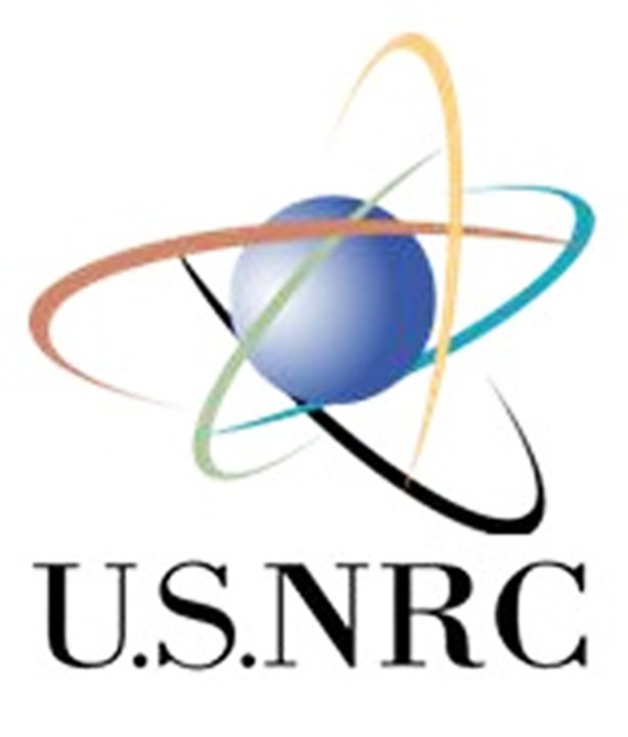Part 2 of 2 Parts (Please read Part 1 first)
The race is on for developers of small modular reactors (SMR) to find designs that the DoE could choose to build for up to ten units by 2025. Each reactor will have to generate between fifty and three hundred megawatts. The smaller, simpler project scale and standardization process management could result in the creation of a “playbook” for project construction. The DoE says “First-of-a-kind reactors may be expensive, but repeat deployments are expected to drive substantial cost reductions.”
GE Hitachi Nuclear Energy, the Tennessee Valley Authority, Ontario Power Generation and Poland-based clean energy technology firm Synthos Green Energy have all signed a technical collaboration agreement to support global development of GE Hitachi’s BWRX-300 SMR.
GE Hitachi has also awarded an engineering contract to BWX Technologies for the SMR reactor vessel. The vessel contains the reactor’s core and associated internals. It is the biggest component in the reactor. The project includes engineering analysis, design support, manufacturing, and procurement preparations. John MacQuarrie is president of BWXT Commercial Operations. He recently said that the company would be “one of the first to execute an SMR design contract for a North American deployment.”
Site preparation is being undertaken for a BWRX-300 reactor to be constructed at Ontario Power’s Darlington nuclear power site in Clarington, Ontario. The TVA is also preparing a construction permit application for the reactor at the Clinch River site near Oak Ridge, Tennessee. It is investigating other possible SMR sites in its service area. Synthos Green Energy has submitted an application to Polish nuclear regulator to assess the design for the BWRX-300 reactor.
Dow and X-energy have also agreed to demonstrate a four-unit Xe-100 advanced nuclear power plant that they claim would be the first at grid-scale for an industrial site. It will be located at a Dow plant on the Gulf of Mexico, the company said in March. Dow would become a sub-awardee under X-energy’s DoE-awarded Advanced Reactor Demonstration Program grant. This would represent a fifty/fifty cost share award of one-billion-dollars-plus to demonstrate the reactor.
This project is expected to provide low-carbon power and steam to the Dow plant by 2030. A construction permit application will be submitted to the Nuclear Regulatory Commission (NRC) with site selection expected before the end of 2023. The companies have also agreed to license and share technology as well as lessons learned from its development.
The NRC also said in March that it had started its technical review of NuScale Power’s second standards SMR design. This new version has changes that improve it economics and expedite commercialization, according to John Hopkins, the CEO of NuScale. The company’s VOYGR SMR is a pressurized water reactor that can generate 77 megawatts of power and be scaled to satisfy customer needs.
Even smaller micro-reactors are also gaining momentum. A new initiative known as Nuclear in District Energy Applications is being developed by the Electric Power Research Institute and a group of universities, energy developers and engineers that include Burns & McDonnell and Sargent and Lundy. This could result in nuclear energy being available as an option for the district energy market by 2026. There is also serious market potential for using small or micro nuclear reactors to charge heavy duty electric vehicles according to the Idaho National Laboratory.
Westinghouse Electric Company recently said that it would file for joint design approval for its five-megawatt eVinci micro reactor for deployment in the U.S. and Canada. The eVinci is a transportable unit that can deliver combined heat and power. It is fully factory built, fueled, and assembled. The eVinci is designed to operate for eight years or more without refueling, the company added.
